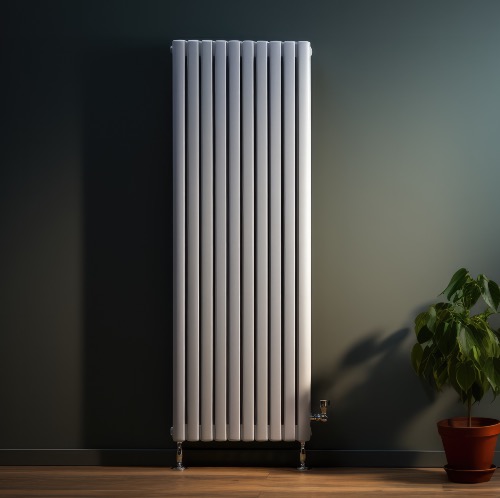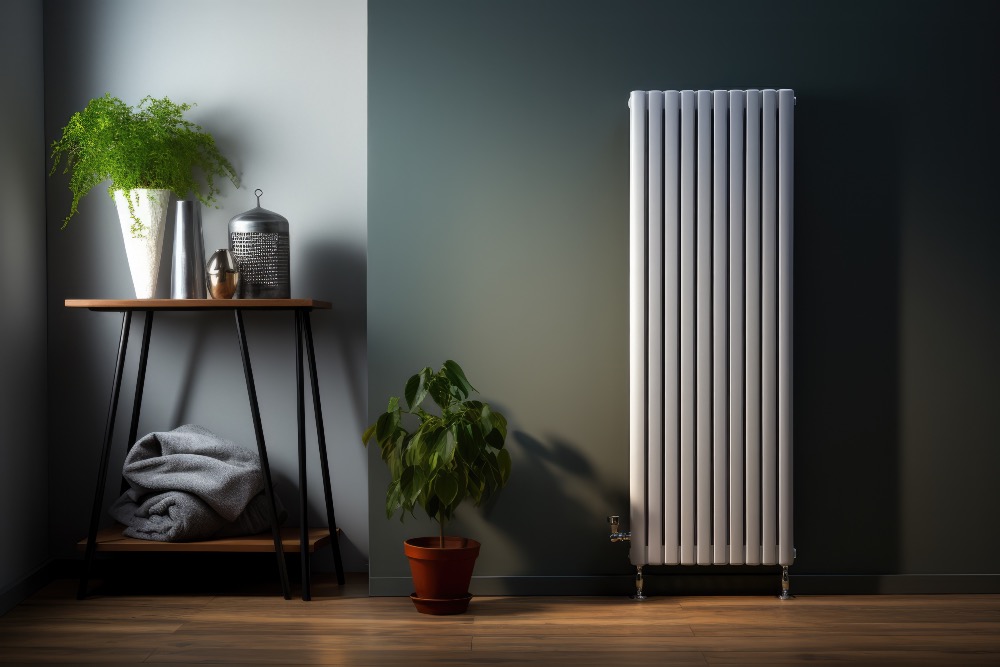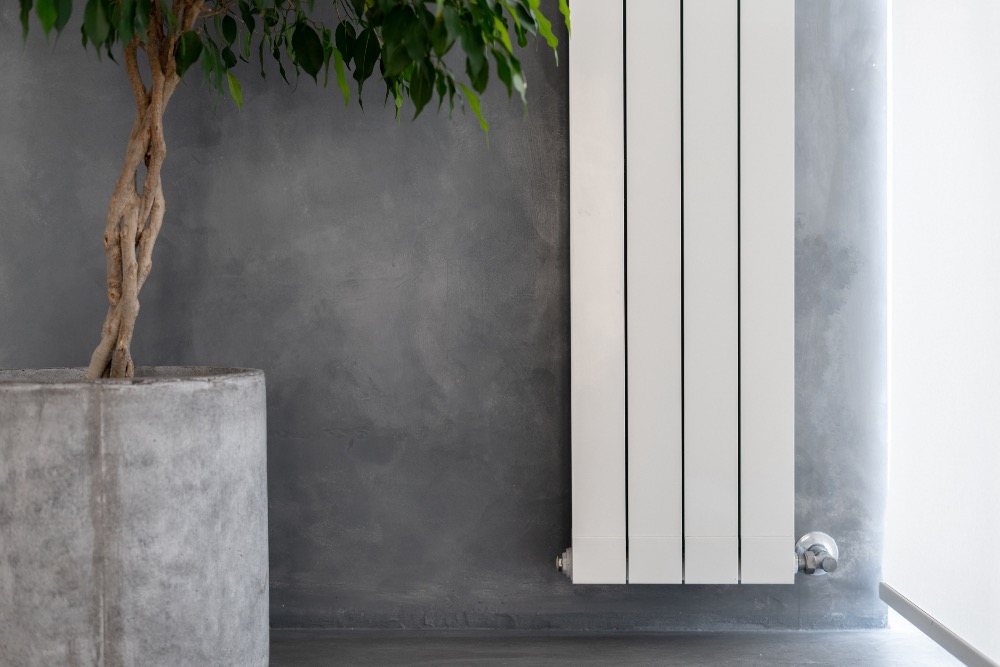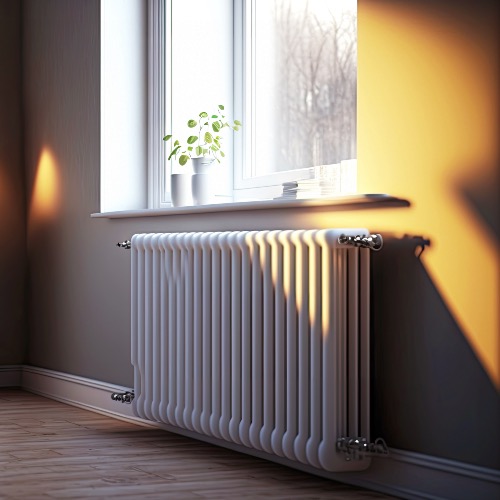Have you ever pondered the question, "why is the radiator under the window?" This seemingly strange placement of radiators is not arbitrary but has a historical and scientific basis. This article aims to unravel this mystery and shed light on the benefits of vertical radiators, a modern alternative to traditional models.
The Historical Reason for Radiators Under Windows
The tradition of positioning a radiator under a window harks back to the era of single-glazed and poorly insulated windows. These windows were the coldest part of the room, allowing drafts of cold air to seep in. Over time, to combat this, people found that placing radiators under these windows created a warmer and more comfortable environment.
The Science Behind Radiators Under Windows

The placement of radiators under windows is not just a historical practice; it's backed by science. The hot air rising from the radiator forms a curtain of warm air, which heats the cold air as it enters the room. Additionally, the cold air pushes the hot air into the room, enhancing the circulation of warm air.
Modern Homes and Radiator Placement
With the advent of double and triple glazing and advancements in home construction, windows are no longer always the coldest part of the room. This has led to more flexibility in radiator placement. However, many people still opt to place their radiators under windows, often due to existing pipework or because it's a space typically free from furniture, allowing for better heat circulation.
The Optimal Place for a Radiator

While the coldest part of the room is often the best place for a radiator, other factors such as existing pipework, furniture layout, and room size and shape can influence the optimal spot for a radiator. In some modern homes, vertical radiators or underfloor heating might be a more efficient choice.
The Benefits of Vertical Radiators
Vertical radiators offer a sleek, modern aesthetic and are perfect for rooms with limited wall space. They utilise the vertical space in your room, freeing up your walls for other uses. With a large surface area for heat output, they are incredibly efficient. Available in various styles and finishes, vertical radiators add a stylish touch to any room.
Conclusion
The decision to place a radiator under a window depends on multiple factors, including the type of window, room layout, and specifics of your heating system. While it's a traditional practice based on the characteristics of older homes, modern heating and insulation solutions offer more flexibility in radiator placement and freedom with your decor.
Frequently asked questions
Is it OK to put a radiator under the window?
Yes, it's perfectly fine to put a radiator under a window, especially if the window is single-glazed or if the pipework is already in place.
Why is it best to put a radiator under the window?
In older homes with single-glazed windows, placing a radiator under the window helps to slow the ingress of cold air entering the room, improving heat distribution.
Is under the window the best place for a radiator?
In many cases, yes. The space under a window is best to slow the ingress of cold air, and it is often free from furniture, allowing for better heat circulation. However, in modern homes with well-insulated windows, there's more flexibility in radiator placement.
Where should you not put a radiator?
Avoid placing a radiator anywhere where the circulation of hot air can be blocked. Placing a radiator behind large pieces of furniture like sofas or cabinets, is not a good idea as they can absorb heat and prevent it from circulating around the room.
Any more questions?
If you have any queries or questions about the products we sell, or even your next project, give us a shout! We'll try our best to give you a hand.




